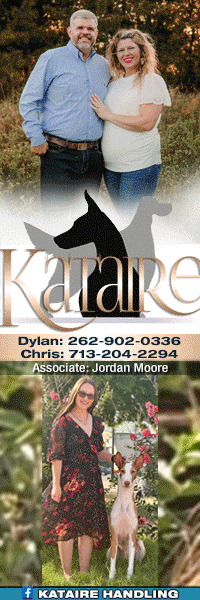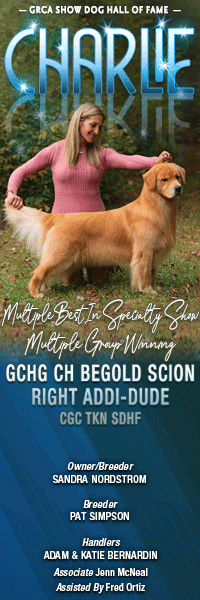Dogs Behind Bars
by Attila Márton
 I have a gut feeling that I’ve arrived into a different world. I feel uncomfortable, even if I know that I’ll be confined only temporarily. I’m waiting to be let in in the oppressive presence of a concrete fence. Sluice gates, open spaces, where I can’t see anyone, yet I know I am being watched. Doors open themselves. A totally different world, tearing me out of the safety of my everyday life. This confined world bordered by fences is not just isolated physically.
I have a gut feeling that I’ve arrived into a different world. I feel uncomfortable, even if I know that I’ll be confined only temporarily. I’m waiting to be let in in the oppressive presence of a concrete fence. Sluice gates, open spaces, where I can’t see anyone, yet I know I am being watched. Doors open themselves. A totally different world, tearing me out of the safety of my everyday life. This confined world bordered by fences is not just isolated physically.
There are different written and unwritten rules. I feel my own uncertainty in this unknown and unfathomable world. Different stimuli, a life controlled and regulated. The first visit to a prison in my life.
The convict sitting opposite me might be the same age as me. He fidgets nervously, not a bit less than I do. He keeps clasping an envelope in his hands. He tells me he has been here for a while and will be staying for a few more years. He doesn’t tell me what he committed and I’m not asking. That doesn’t matter now.
Years will pass until he is allowed to step into the world I’m coming from. The world that gives me safety. Years will pass, but he will return to the environment I’m coming from, against which he has sinned. His sin might not have been petty or trivial at all.
And there’s the crucial question of what his return will be like. What the years in prison have done to him and what is left of the personality that got him to a place where he has lived for a decade.
The atmosphere changes the moment we start talking about my reason for being there. An envelope, slightly crumpled but apparently taken good care of, opens up. A photo. Of him and a dog. Looking into the camera, proudly.
He finds his tongue, the wry mannerism is gone, the ice melts, as if there weren’t any guards at the door, watching the two of us for different reasons. I don’t even have to ask anything else, any more.
He says it was the best dog, the smartest. And he adds that it’s his unbiassed opinion. They were working together several times on most days, for two months. When they first met, it was an abandoned dog, with minimal socialization. But it was able to learn the basic obedience commands while they were together. The photo was taken at the successful official end of course exam. That’s all he has left of those two months: the photo in his hands and the twinkle I can still see in his eyes. And that twinkle is the reason why I went there, to which I’m seeking the answer.
What makes anyone wicked or bad? What makes them do things defined as sin? How far can genetics be blamed – or is it a troubled childhood that creates a personality that is destined to commit certain things and there’s no forgiveness later? May these distorted personality traits be altered by experiencing that someone depends on us? A four-legged creature which left the wilderness behind and gradually, throughout centuries, became a domestic animal, a companion of our everyday life. It reacts to what we do, acts upon that, watches and imitates us. Voluntarily, honestly, consistently. And the most crucial question of all: can this bond, the feeling of responsibility and its joy be adapted later on to human relationships? In the case of a fully developed personality, after so many years, with imprinted behavioral patterns….
There are dogs behind bars programs working at several places in the world in different forms, most typically with dogs found in shelters. The pariahs of the society of dogs and that of people can meet. In some cases, prisoners may keep a dog or another pet in the district. In the case I got to know closely, it’s just a two month program, co-operating with a nearby shelter.
On the one hand, it’s beneficial to the dogs from shelters, as it might be easier to find a temporary owner for a dog that knows the basic commands of obedience and reacts to them properly. On the other hand, it might be beneficial to the convicts.
Modern prisons are mainly about reintegration: the function of a prison is not only the separation of the convict from society for a while – punishing culprits and protecting society from them temporarily – but also the preparation of their return to it.
There are lots of types of programs like this one. It’s mostly education and the improvement of skills that might be of great help when leaving prison behind. Social events, such as drama groups or choirs, might provide a sense of belonging, that of team spirit and the joy of creation.
It is still a question whether these experiences can change anything in the case of a deviant attitude, especially knowing the infamously cruel inner life of prisons.
The extent to which the therapeutic use of dogs might help reintergrate convicts, now, and primarily of a psychological aspect, is still an undiscovered area. But one thing is sure: the case I got to know closely of two months‘ drilling work that turned the world of convicts upside down in a positive sense.
According to the prison psychologist, those taking part in the program became relaxed and calm either in a case of a suicidal taint or aggressivity. The mere fact that something that is absolutely different from a daily routine is going to happen threw the convicts into a fever.
The mechanism, according to which the convicts, separated from society, felt that a living creature was entrusted to them and became their responsibility, and any further event was up to them, simply changed them for the better. Whether this change is permanent or it’s just enough for those few months is a secret to be exposed in the future.
Acceptance. Adaptation. Care. The most frequently used words I heard from everyone during my visit.
I did follow the afterlife of the program. After my visit, another program started in a similar system. The convict I met didn’t know at the time that he would join the program again, but this time as an assistant to the trainer. He got an even bigger role and responsibility.
The re-start hopefully means the birth of a new tradition, and all the plans for the future that the leader of the institution talked about with such enthusiasm will become real. I do believe the theoretical guesses I had with the prison psychologist on our grim way to the district about the long-term results of such a canine program will become certain.
We must believe that there is a way back and the human psyche is able to reproduce itself. This belief is important for both society and those people who have sinned against it and thus became pariahs. And whether we like it or not, most will return to society one day.
Canine therapies are being used to help people suffering from behavioral or personality disorders at several places in the world. It’s just a matter of time to get the experience and the scientific answer to this question: are dogs, our best friends, able to make an inhumane world more humane?
Short URL: https://caninechronicle.com/?p=264320
Comments are closed












